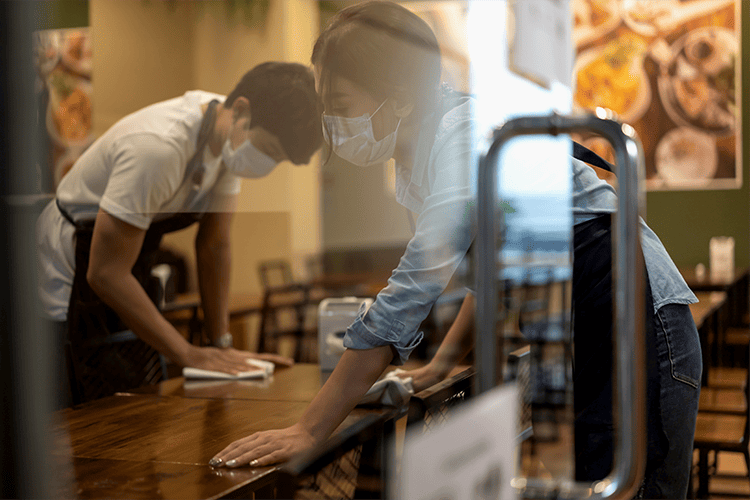Marc Alifanz and Kate Bischoff are two of my favorite people. They also happen to host one of my favorite podcasts, Hostile Work Environment. I promise that I’m not just dishing out these high praises because Marc and Kate invited me to guest on this week’s episode to discuss the 10 nominees for this year’s Worst Employer poll.
You can listen to the episode on Apple Podcasts, Spotify, or wherever you choose to get your podcasts. (And while you’re there do us all a favor and click that subscribe button if you already haven’t.)
This post also serves as your final warning to get in your vote for this year’s nominees. Polls close at 11:59 p.m. Wednesday, Dec. 16. Over 1,000 of you have already voted (thank you!), and the margins (at least in the COVID-19 category) are razor-thin. A few votes either way could literally decide this year’s winner. Make sure your voice is heard. No whining about the results if you don’t vote.
Voting is available at this link. Remember that this year’s vote is different than years past in that we have two categories — Worst Employer and Worst Employer COVID-19 Edition. In each category, you rank each of the five nominees from 1 (worst) to 5 (least worst). Ranking all five is important because the relative rankings count in the final tally.
The polls are open until 11:59 p.m. Wednesday, Dec. 16, and I’ll announce the winners (err … losers) early next week. Continued bad luck to all of this year’s very worthy nominees.








